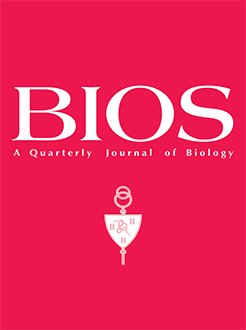Staphylococcus aureus biofilms are composed of a population of bacteria that can conduct interdependent physiological processes that lend to their high resistance to antimicrobials. These biofilms are associated with several conditions including prosthetic limb device infections, osteomyelitis, endocarditis, and wound infections. Phage display aids in the identification of specific biofilm components for the development of new treatments against such biofilms. In this study, we utilized a peptide with sequence RVRSAPSSS specific for Staphylococcus aureus in the comparison of a general phage elution profile with an elution profile containing this peptide. In addition, both the general and specific elution profiles were tested separately on a strain of methicillin-sensitive Staphylococcus aureus (ATCC 12600) to assess their specificity to their biofilm components. The specific elution profile isolated two amino acid sequences obtained from phage DNA sequencing, SNYTYGP and SNMEQVA, previously unattested to in similar phage display research. The SNYTYGP and SNMEQVA sequences were analyzed by BLASTP to correlate their identities. The SNYTYGP sequence was associated with both a LysM peptidoglycan-binding-domain-containing protein and a secretory antigen precursor ssaA, each of which may act as a virulence factor in S. aureus biofilms. The SNMEQVA sequence was associated with a DDE-type integrase/transposase/recombinase implicated in transformation.
How to translate text using browser tools
6 June 2023
Prediction of two amino acid sequences from eluted phage DNA specific for Staphylococcus aureus biofilms
Stephen T. O'Dette
ACCESS THE FULL ARTICLE






